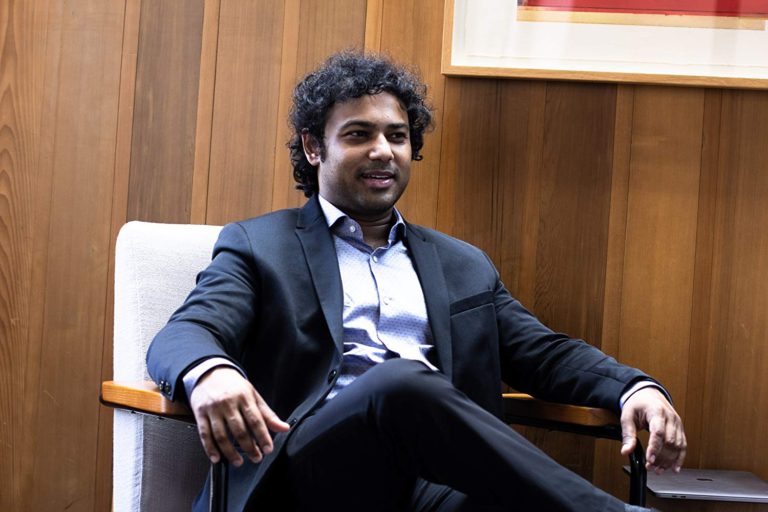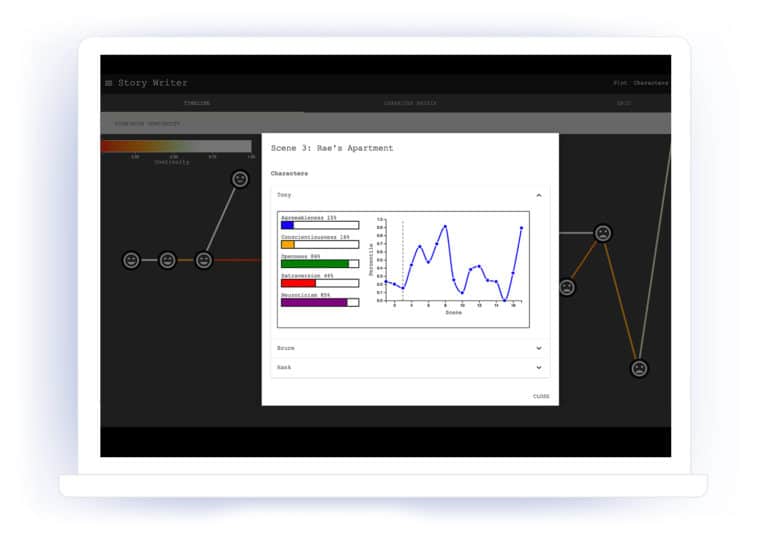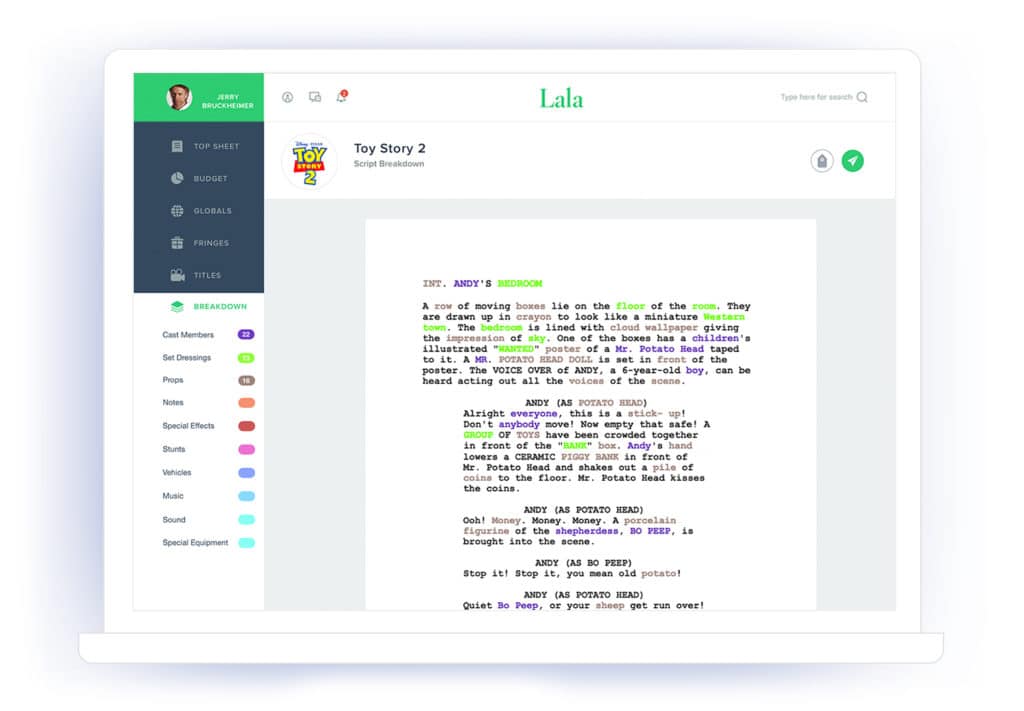AI Will Let Writers Keep Their Jobs. Line Producers, However…
Somewhere in 2017, Debajyoti Ray saw figures. In his job with VideoAmp, a data-driven video advertising platform he developed, he noticed that certain content performed well and certain content did not. Video ads were popular forms of online advertising, but there was a big difference in performance. For example, a McDonald’s web ad might make you crave a Big Mac, but did a car ad get viewers to car dealerships? The gap was significant.
It came down to narrative. If an insurance company were to run an ad where a doctor said “XYZ insurance company is great,” and another one where the doctor said, “The way I save lives and perform miracles starts in the morning with a run and a cup of coffee and by the way, XYZ is the best insurance company,” even the most junior advertising and marketing associate would know that the latter was more compelling.
So Ray concluded what most marketeers would have: storytelling sells much better than pretty pictures—but the difference is Ray had the data to prove it.

Unsurprisingly, CMOs in brands were shifting their ad spend away from video and putting it towards storytelling.
To experiment with artificial intelligence tools and methods and see the possibilities with storytelling, Ray formed a new company, RivetAI. Their specialties included Natural Language Understanding (NLU) and Natural Language Generation (NLG), AI methods that were well-suited to storytelling given the reliance on a story’s DNA: language. Ray then reached out to production companies and filmmakers to test the process.
“One of the challenges was to look at story in relationship to ROI, or what it costs to produce versus return, but breakaway successes come from not following a pattern,” says Ray. Pattern is the cornerstone of artificial intelligence.
“The problem is, right now, there are gaps in data. Netflix, for instance, might have that information, but Netflix isn’t in the content production side of things, they’re in content acquisition.” One day Ray hopes to have a more complete data set to make script performance predictions. It would be great to know if “this type of character will resonate better with the audience” or “this story ending would ultimately be more satisfying.”
FIXING COSTS BEFORE STARTING
In examining the industry data, he did find an area untouched by artificial intelligence that could make a difference: workflow.
“Studios spend millions on special effects, but hardly any money goes into efficient production systems,” says Ray. “Each film has its own P&L, so the incentives are non-existent for producers to build software that will make a difference on the bottom line.” He pauses, “Besides, it is difficult and very expensive to build software. We saw an opportunity to become a vendor and license it.”
Critical decisions were made in pre-production, yet this is also the ground zero of the biggest inefficiencies. “If a script came to a production company, what would happen?” asked Ray. “It would be sent to a line producer who would break it down, figure out the location scouting, make the budget estimates, do the scheduling, and it would take three to four weeks for the script to come back,” he pauses. “That is the step that we automate.”

Everything stems from that breakdown of a 200-300 pages script, but “the way it is done now is from another century,” says Ray. “You have different color markers, one for props, one for characters, whereas we have computers to do that!”
Further, Ray’s team has built their own datasets to analyze the scripts. A sentence might say, “a drone is buzzing like bees,” but we have no use for bees. We have used the sizeable number of annotated scripts available, and with Natural Language Processing (NLP), trained our system to use language to detect the nuances.
Once you have the breakdowns, you can go into the schedule and the budget estimations. “When it comes to schedules there are so many variables. A person cannot deal with the billion combinations stemming from locations, cast availability, crew and shot sequence. ‘Is that actor available,’ ‘At that location’ ‘with this crew?’ AI can look at all these combinations quite quickly and come up with an optimal schedule. The schedule will give time and cost savings, and if you are dealing with budgets of $50 million, that is substantial.”

AI4VR?
With those budgets, RivetAI is great for Paramount and Sony, but how could smaller VR companies benefit? Twelve hundred production companies have already signed on with some smaller ones including including VR companies. “Smaller agencies do not have lots of departments, so time is more precious if you want to be shooting,” says Ray.
AI will be important on the story front, too. Additional VR-centric applications might come in the future (depending on demand). VR worlds are rich environments and VR can possibly help suggest dialogue
, which would be especially useful for when you have to combine interactivity and story branching. “Imagining all potential dialogue would be particularly complex, if not impossible,” Ray insists.
Luckily, Ray puts screenwriters at ease, “Screenwriters will still have a job; screenwriters will not be automated.” An AI system which is trained on data is not trained on meaning. But AI is good at generating ideas, and humans are good at critiquing. “Tell a joke,” Ray says, “and you would have difficulty in coming up with just one. But AI can offer a hundred, and humans can choose.” Why not offload some of the creative challenge to AI? In addition to saving time and money…





